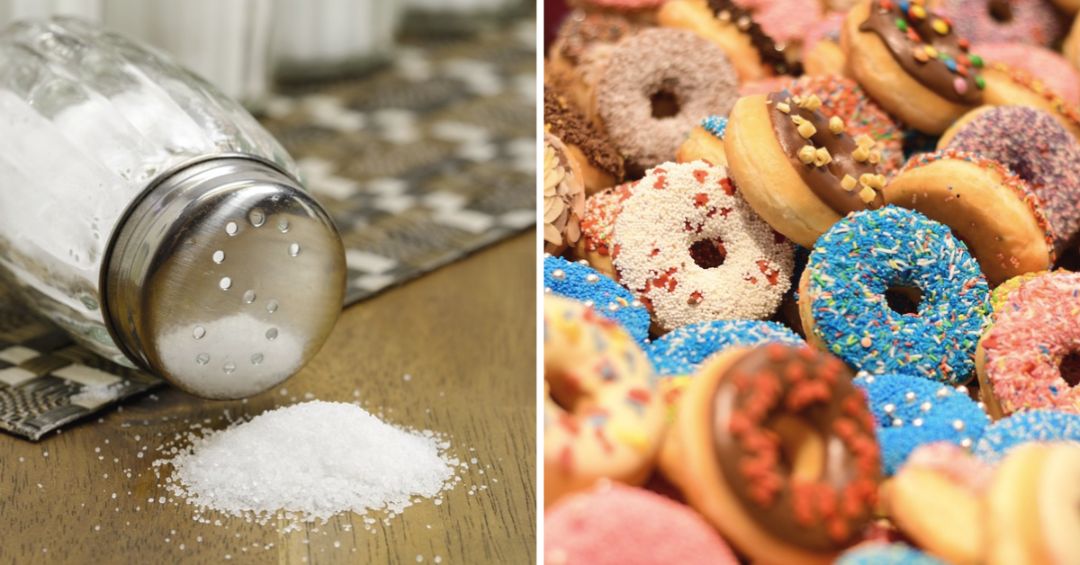The NHS recommendation for daily intake of salt of UK adults should only be 6g which is equivalent to 2.4g of sodium or about a teaspoon. Of course, children should take a lower amount than that. Meanwhile, most of the people know that instant meals need to be taken in moderation because of the salt content.
However, not only looks can be deceiving but also the taste because even foods that are not salty could have high sodium content you might not know. That is why our fitness experts have listed your favourite foods that might have a high sodium content.
Excessive consumption of salt causes high blood pressure that leads to severe health problems: heart disease, strokes, and chronic kidney issues. Some of the many foods that may cause you those diseases are cheese, bread, spinach, and celery.
Therefore, even your regular salad sandwich could contain high-salt ingredients. Let’s be mindful with the foods we eat, especially if you are genetically prone to heart and kidney diseases.
16 Foods That Contain Surprisingly High Levels of Salt:
Bread
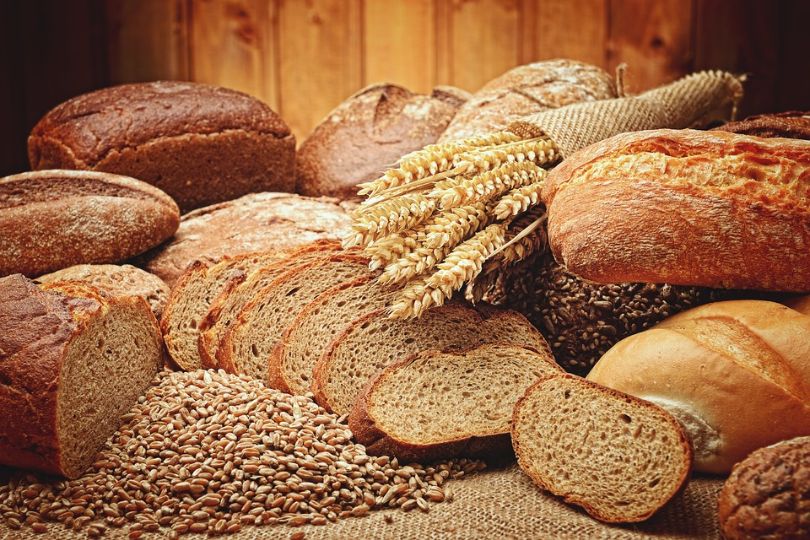
Salt is an added ingredient in the dough to help it rise, add flavour and texture to the bread, and have a longer shelf life. That is the reason why bread could contain a lot of sodium even the whole grains used to make it is naturally low in sodium.
Cheese
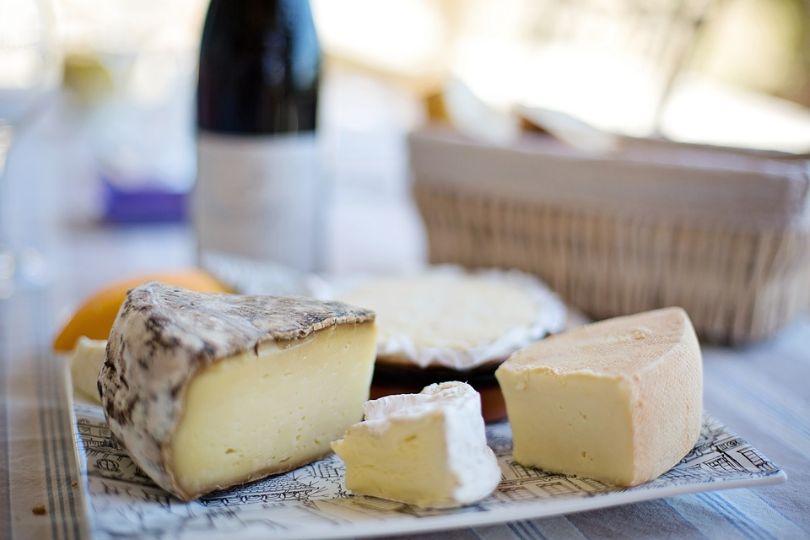
To control the moisture levels and microbial growth in cheese, makers put some salt in it in the process. According to the NHS, halloumi, blue cheese, and classic British cheddar can have too much sodium so think twice about your undying love for cheese.
Gravy
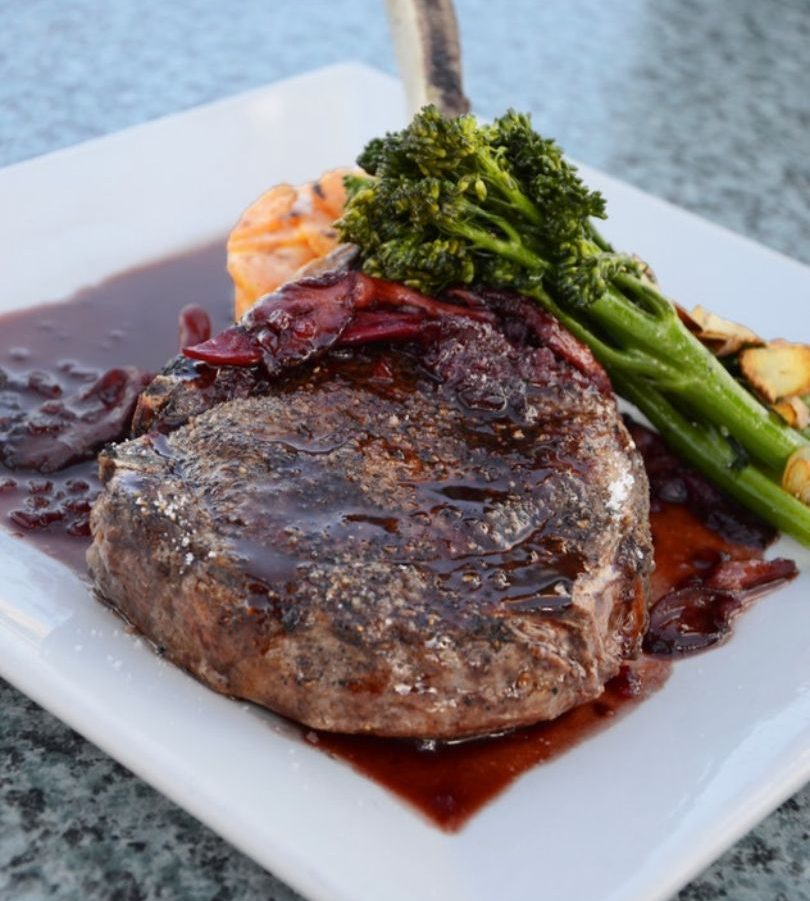
You might think about having gravy on your Sunday dinners using your meat juices and broth. Because gravy cubes are ultimately high in sodium, this could lead to the possibility of your internal health damage.
Tinned Vegetables
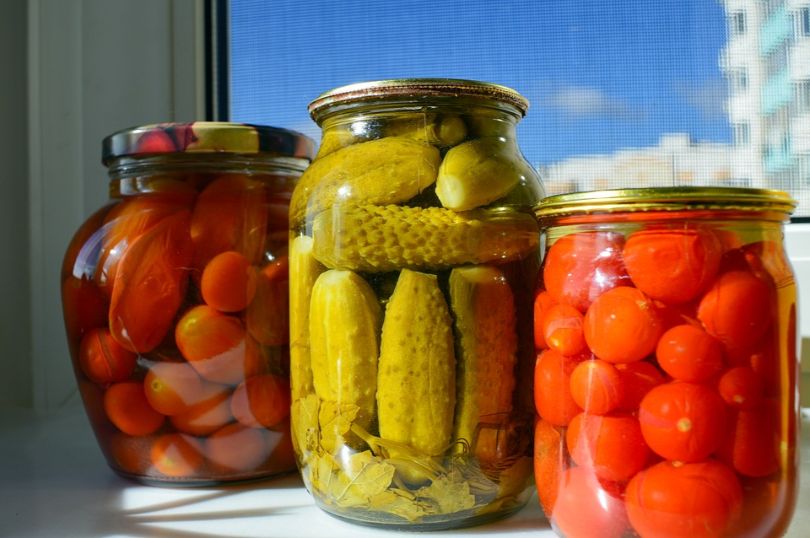
Salt is one of the most potent preservatives. Thus, tinned vegetables could contain too much salt with the water used to preserve them.
Ham
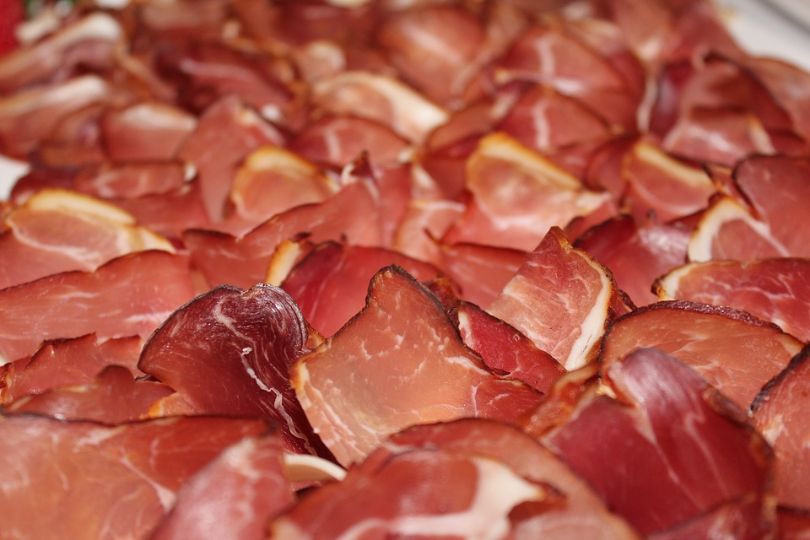
A generous amount of salt is used to cure and flavours processed and preserved meats: cooked, refrigerated, and sandwich-bound hams.
Cereals
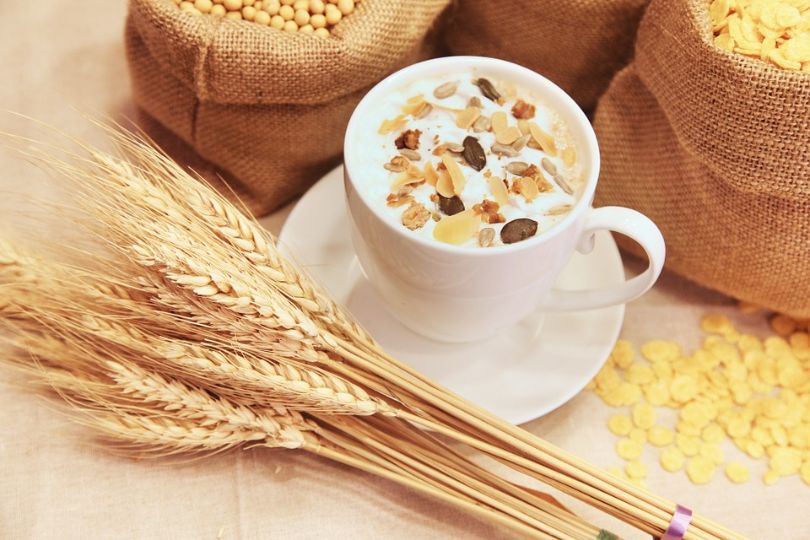
Some cereal brands are not only high in sugar but also in salt. Your supposedly healthy breakfast could destroy your fitness if you are not aware of the brand and flavour combination of your cereals.
Olives
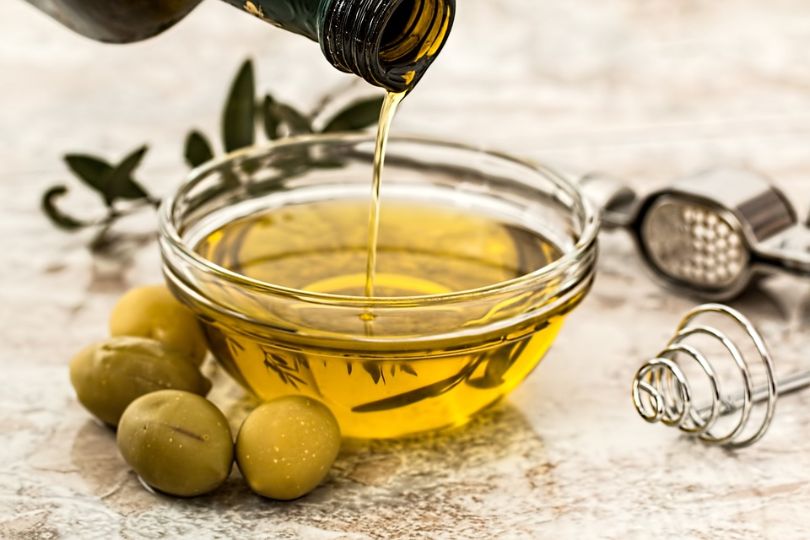
Naturally, olives are bitter. That is why they routinely use salt to make them a mouth-watering delicacy in your favourite restaurants and retailers.
Butter
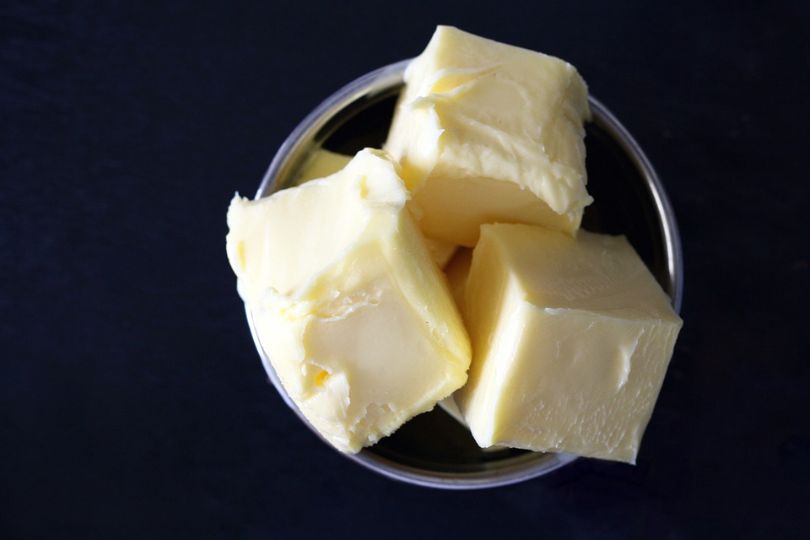
Salt is not even a requirement to make it a delicious spread, but others add some in the ingredients to add extra flavour (which is unnecessary).
Artichokes
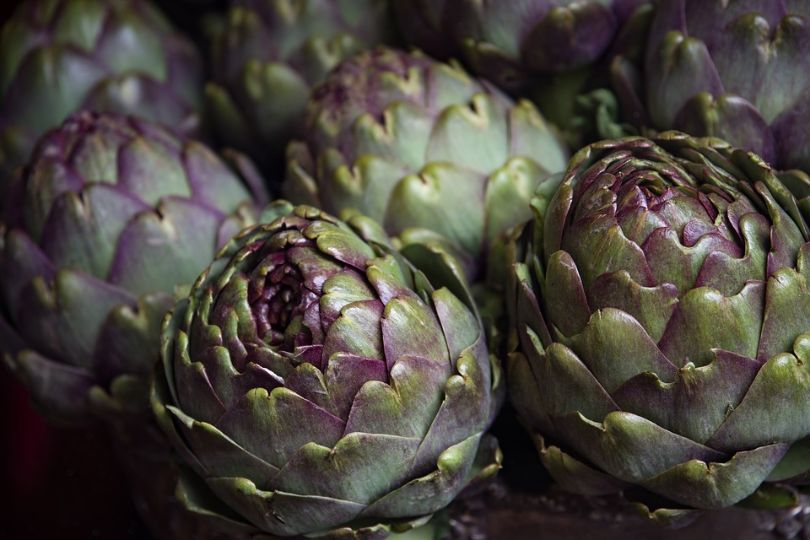
Artichoke is probably one of the surprising foods on the list for you. Yes, stacks of them contain lots of sodium that is even higher than the sodium content of some fish.
Doughnuts
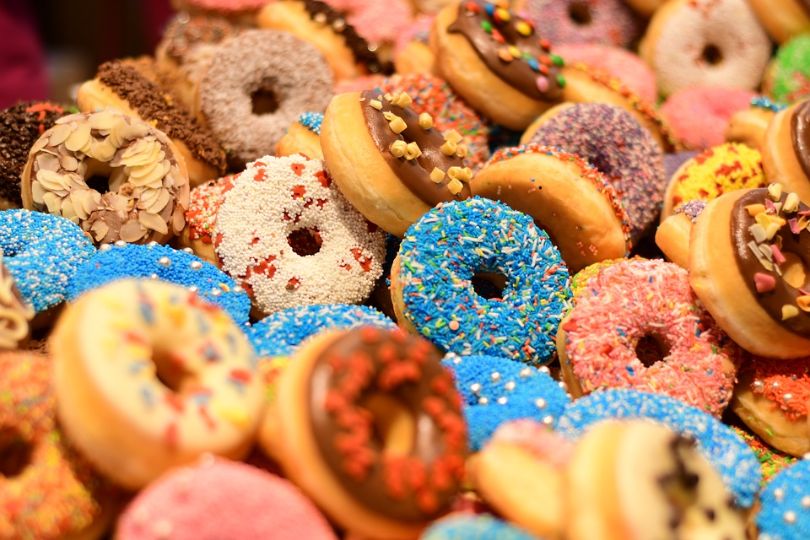
Doughnuts? Yes, doughnuts, especially pre-packaged ones. You already probably know that they are unhealthy, but they also contain sodium as their preservative and in the baking process too.
Salad Dressing
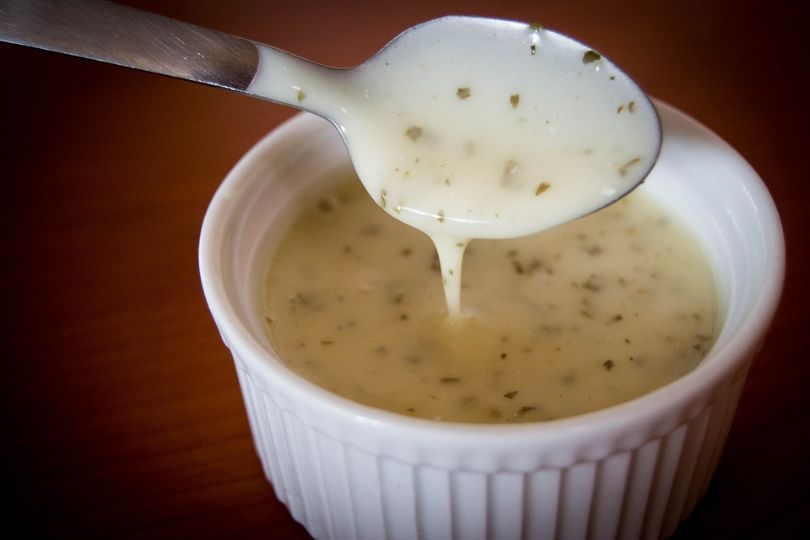
Are you not wondering why salad dressings are still flavourful even they are low in calories, fat, and sugar? Yes, their saver is a ton of salt!
Sports Drinks
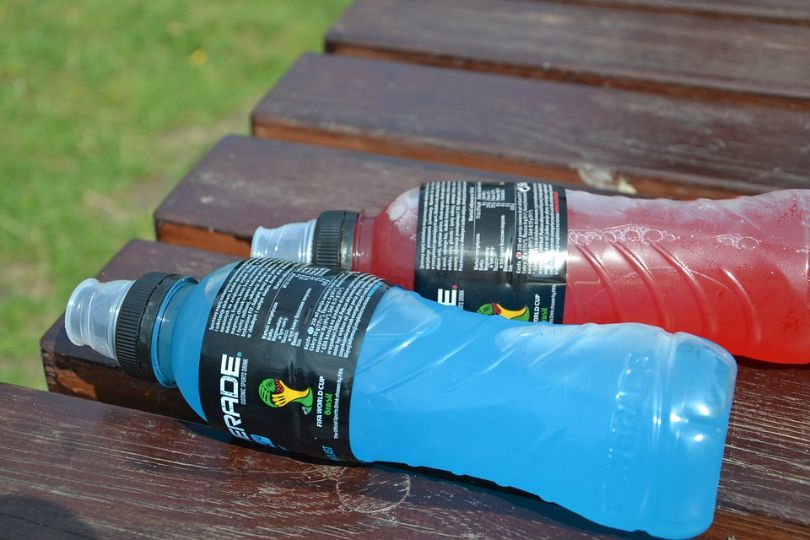
Energising sports drinks are meant for athletes to replace their body salt and other nutrients when they are at their top performance. On the other hand, this could damage your body if you drink it in a day to day basis.
Pizza
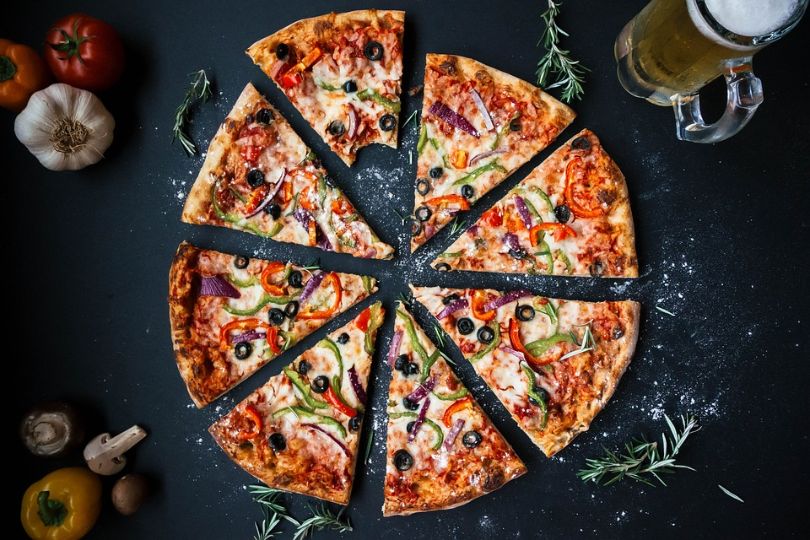
A bread with salty cheese, cured meats, and preserved vegetables on it? You are tolerating a supposed heart attack.
Reduced Salt Foods
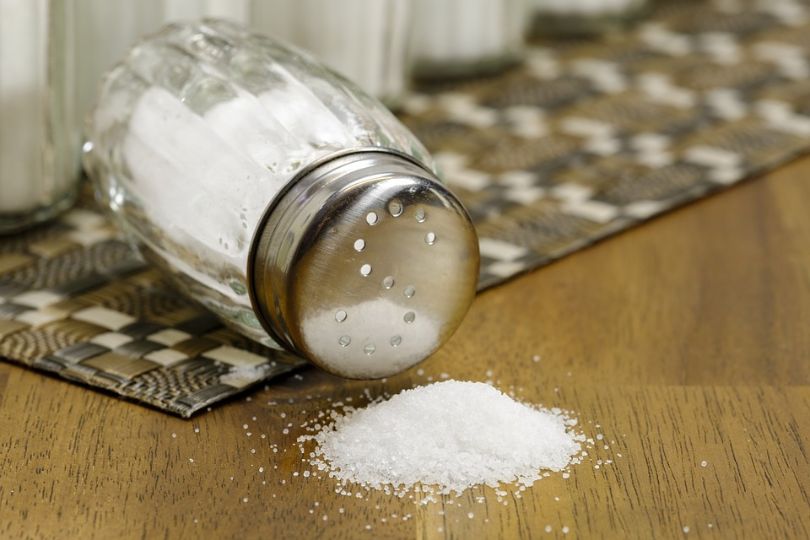
Do not be also deceived by the foods that have “reduced salt” on the packaging. They might have lesser than the usual sodium content, but they are still high in sodium.
Spinach
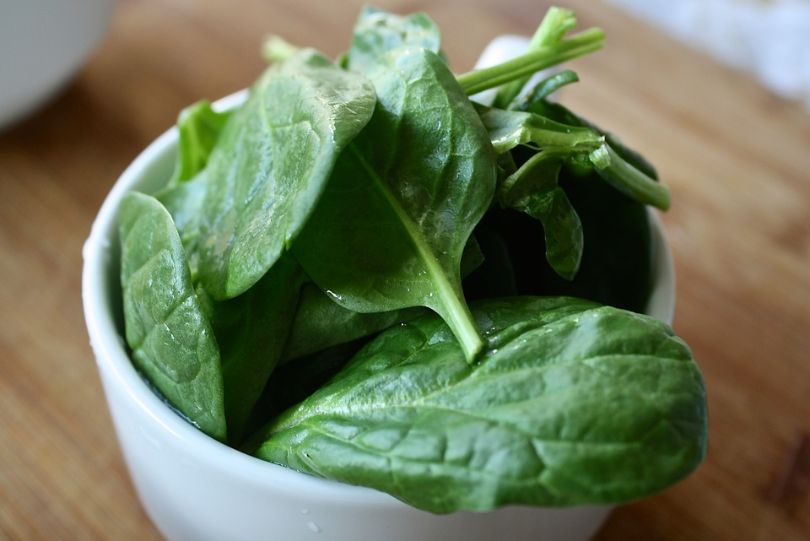
Yes! Even organic and preservative-free spinach can contain too much salt per serving.
Celery
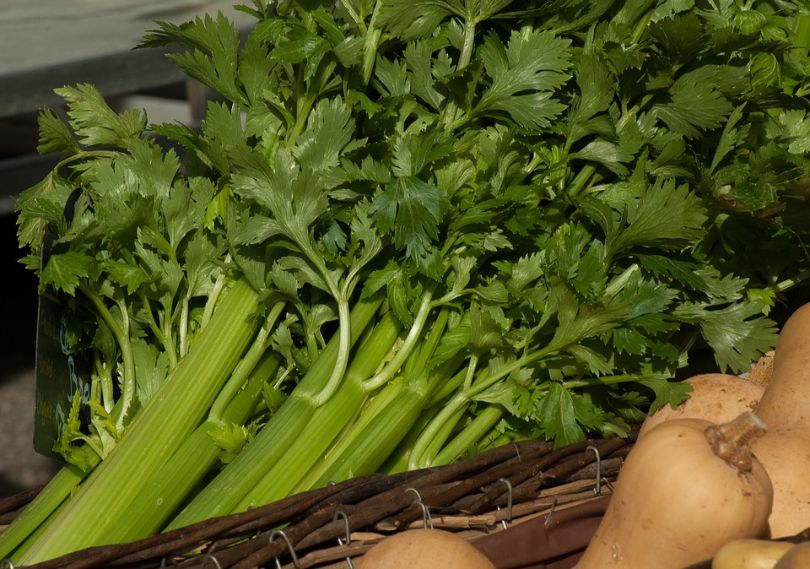
Health conscious should be cautious regarding having celery in their stocks and stews. This vegetable has high salt content which made several of your meals tastier.
